Photo retouchers don’t have the best of reputations. As Becci Manson put it in a moving talk at TEDGlobal 2012, “We’re pale gray creatures who hide in dark windowless rooms and generally avoid light. We make skinny models skinnier and perfect skin more perfect.”
But sometimes, a retoucher’s work is far beyond skin deep.
In March 2011, after watching news reports about the devastating earthquake and tsunami in Japan, Manson headed to the country to volunteer for three weeks. While cleaning up debris, she began discovering ruined photos.
“I realized that these photos were such a huge part of the personal loss these people felt,” says Manson. “As they had run from the wave and for their lives, absolutely everything had to be left behind.”
And so, Manson organized a network of 150 fellow retouchers to Photoshop away the water damage, rips, scratches and discolorations, so that the images could be returned to their owners as good as new.
To hear more about Manson’s powerful experience, listen to her talk. And after the jump, Manson shares some of the images her team restored and tells us the stories behind the photos.
So what’s the backstory on the image of the little girl above?
Manson explains, “This was the very first photo we restored. A local lady, Satoko Kinno, had given it to me to see what we could do — it was a photo of her friend’s daughter. After we returned it restored to her, she trained a few of our volunteers, including myself, on the hand-cleaning of photos — a skill we passed on to hundreds of other volunteers. That is continuing to be done both in Japan and here in the US. We’ve helped NYU set up a similar project helping out the town of Prattsville in upstate NY that was hit by Tropical Storm Irene, using their alumni as remote retouchers. We also set up a project in the town of Binghamton in upstate NY which was hit by Tropical Storm Lee. We are currently digitally restoring their photos.”
“Suzuki Moto was one of our local volunteers. He had been born and raised on the street where we were based and joined us as soon as he’d found out we were there. The picture we restored for him was just so special because he was one of us — because it was a picture of him, taken in our street when he was a small boy. When I got to return it to him, in front of all the other volunteers he worked with day after day, it meant so much to each and every one of us to see his reaction. Really wish I had a picture of that moment.”
“The lady who brought us this picture was lucky. When we returned her photos to her, she shared with us that her husband’s colleagues at the local fire department had found them in the debris and recognized him. On the day of the tsunami, it had been his job to make sure the tsunami gates were closed. He had to go towards the wave when the sirens sounded. Her sons were both at school — separate schools — and one got caught up in the water. It took her a week after the wave hit to find her family again. But they had all survived. The day we handed back her photos turned out to be her youngest son’s 14th birthday. For her, the photos were the perfect gift for him. Something that had survived and been restored, that was familiar from before. Something that he could look at again that wouldn’t have the scars of that day in March when absolutely everything else changed.”
“This set of photos made a few of our retouchers email and ask why they were spending time working on them. I always passed on the story. In the first week that we based our scanning operation in Rikuzentakata, we were visited by a young woman who had just found 7 photos in the temporary library there. Fairly nondescript photos. They weren’t very damaged, but she wanted us to do what we could. She was maybe 20 years old and had traveled all the way from Tokyo to look for something, anything, she could find in the town. Before the tsunami she had lived in Rikuzentakata with her family. Those 7 photos were the only thing she ever found. Her home, her possessions and her family were all lost. But she had those 7 photos and they meant everything to her.”
“Reiko Yamada brought us her photos one day in Rikuzentakata. Her home had been destroyed by the wave, but she and her three children managed to escape to safety. The wave ripped the second story off their house and washed it away. When they eventually found the top of the house, the photos were still inside and Reiko managed to salvage them. Although she accidentally smudged them as she tried to clean them herself, retouchers from Singapore and Australia helped restore them.”
Overall Manson says, “These stories always emphasize for me the importance photos have to people. It’s not always about the fact that it’s a photo of a certain person or event. It can often just be about the immediate memories the image conjures and evokes — like a certain smell or sound. Our connection to them is so much deeper than most of us realize.”
Photos: All retouched images were provided courtesy of All Hands Volunteers.
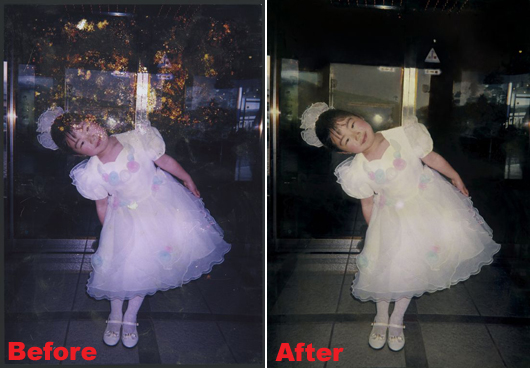
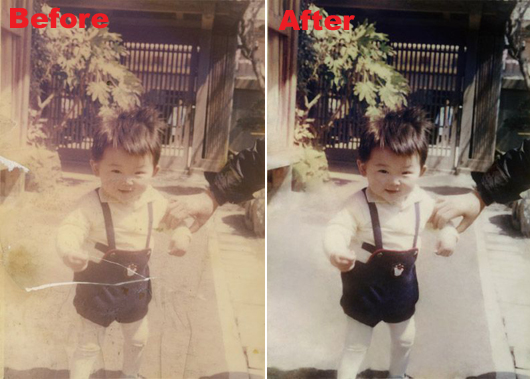
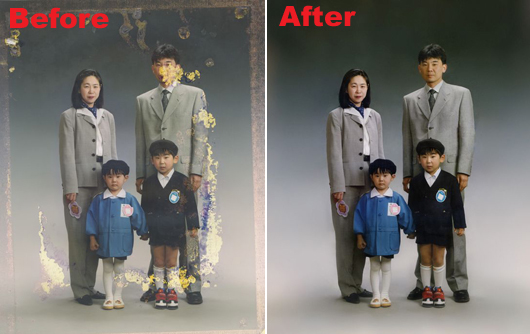
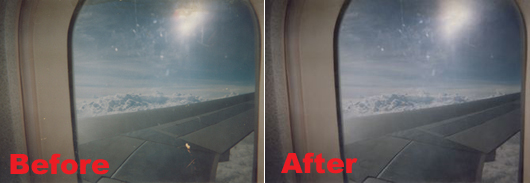
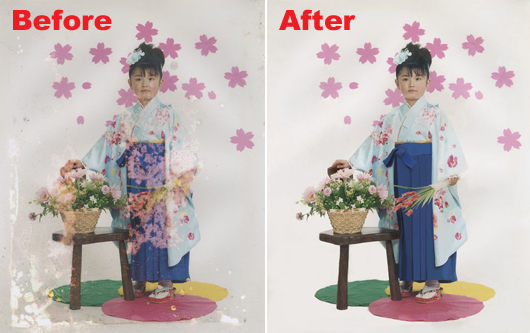
Comments (8)
Pingback: What debris from the Japanese tsunami, still washing ashore, can teach us - Entrepreneur News | Australian Society of Entrepreneurs
Pingback: Fotos dañadas por desastres naturales y la importancia de salvarlas
Pingback: TED Talk – Becci Manson: (Re)touching lives through photos » Lens, Brush, Quill
Pingback: What debris from the Japanese tsunami, still washing ashore, can teach us « Content Curated By Darin R. McClure & a few photos
Pingback: What debris from the Japanese tsunami, still washing ashore, can teach us | Krantenkoppen Tech
Pingback: » Херои на YOOH Револуцијата adamwest
Pingback: Becci Manson @ TED: (Re)touching lives through photos - Nerdcore